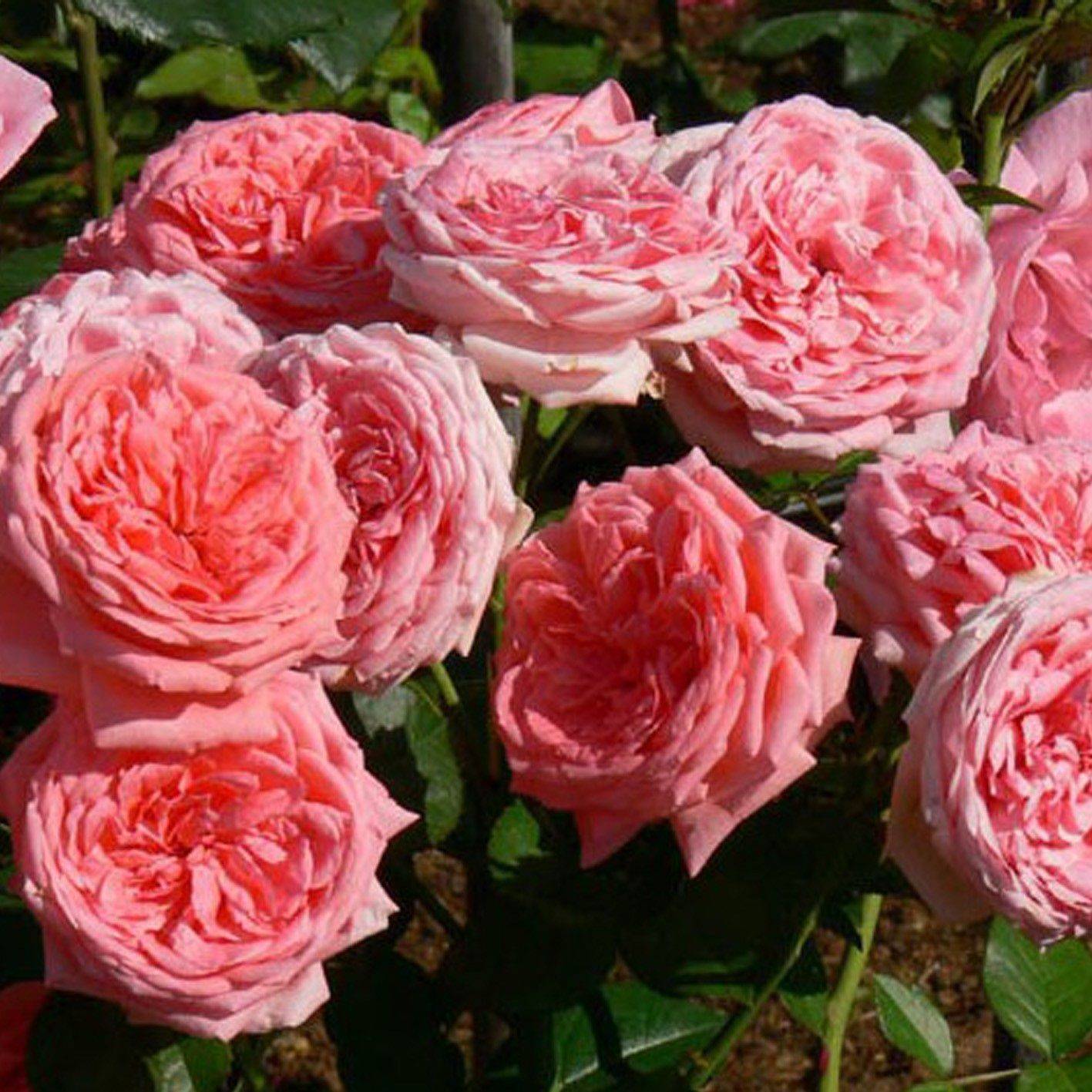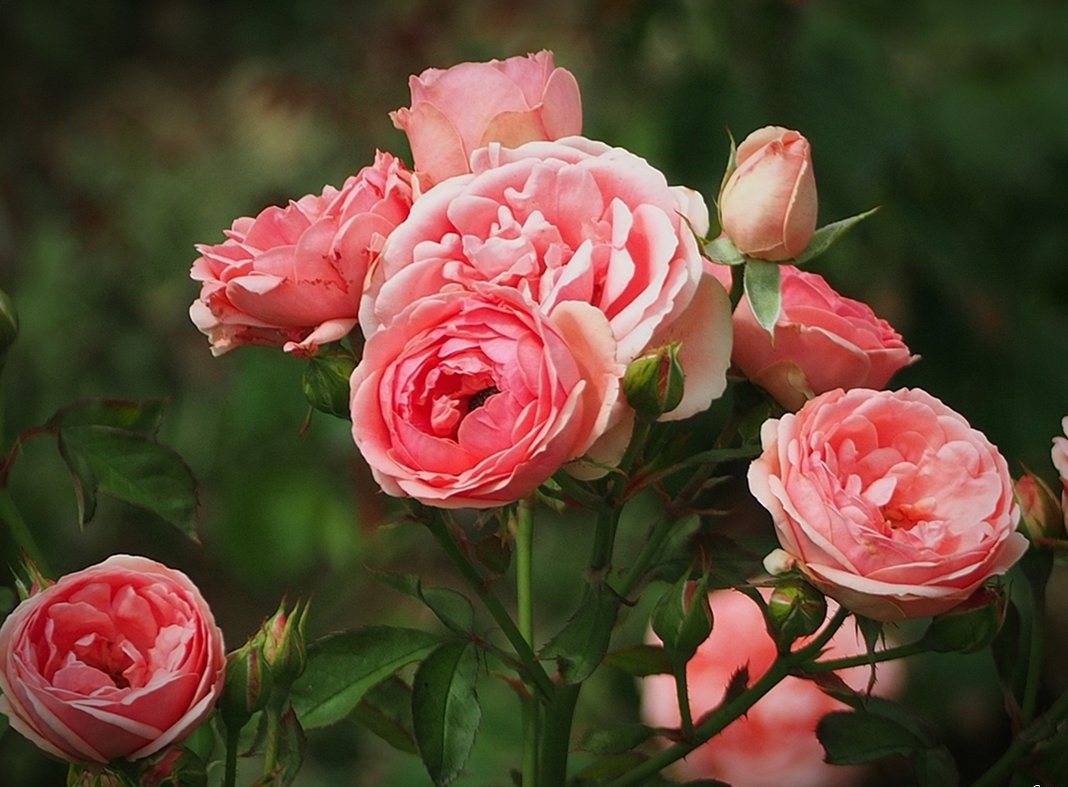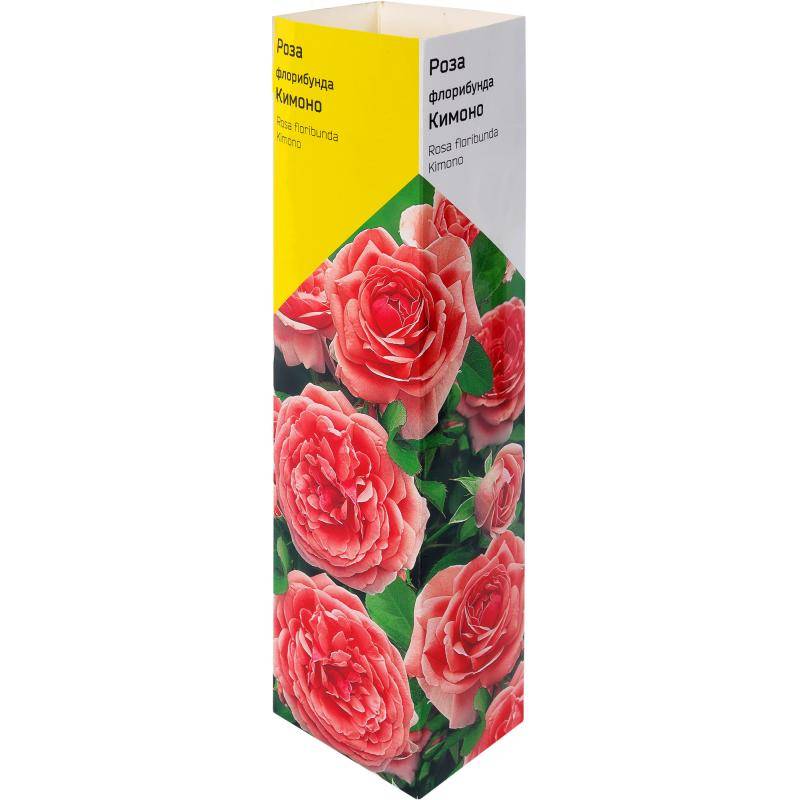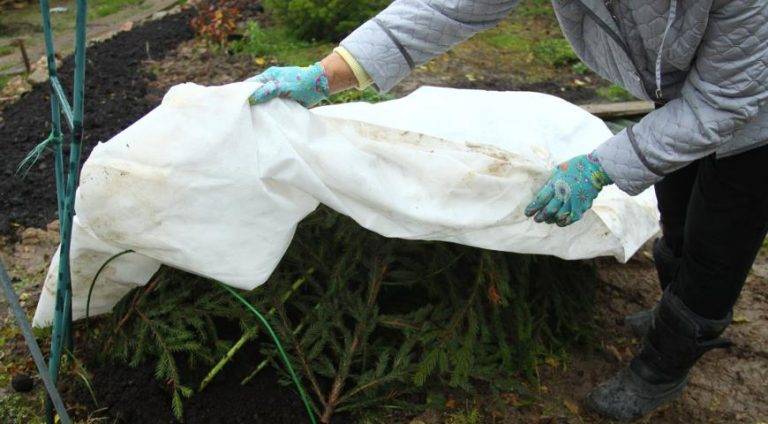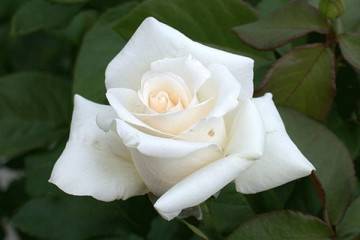Rose Kimono
Content:
Rose Kimono belongs to the Floribunda group of roses. For a long time, the variety has occupied an honorable place in the ranking of garden roses. Despite the emergence of new varieties and hybrids, this flower is not equal in duration and splendor of flowering.
Rose Kimono (Kimono) - what kind of variety
The Kimono variety was first bred by Dutch breeders in 1961. At the same time it was registered, and its characteristics were fully indicated. The parents of the variety were flowers of red-orange and pink-orange shades.
Brief description, characteristic
The floribunda kimono rose has the following characteristics:
- erect rigid stem with many branches;
- lack of thorns on the shoots;
- shoots grow only upward, so that the inflorescences do not droop;
- shoot length up to 1 m;
- width up to 80 cm;
- medium-sized smooth dark green leaves;
- the diameter of one flower is up to 8 cm;
- medium-sized buds;
- tolerates wintering well;
- in one season it is capable of blooming twice.
The inflorescences of this variety are multi-flowered. Moreover, it is impossible to predict the number of flowers. In one inflorescence, their number can reach 20. But the average is 8-10 flowers.
It is also worth noting the original coloring - the color changes as the flower develops. At the beginning of flowering, the petals are bright pink. Gradually they fade, but remain just as beautiful.
Advantages and disadvantages of the variety
Like any other flower, the kimono floribunda rose has its merits and demerits.
Among the advantages of the variety, the following are worth noting:
- long and abundant flowering, lasting until the end of September;
- easily tolerates neighborhood with other plants in the flower bed;
- the rose is convenient for pruning and arranging bouquets due to the absence of thorns;
- the number of flowers both in one inflorescence and on the whole bush;
- easily tolerates rainy weather.
The main disadvantage of the plant is its resistance to diseases and pests. In order to avoid this problem, it is necessary to care for the flower according to all the rules and carefully monitor its condition.
Use in landscape design
Kimono is a rose that can transform any flower bed. It looks especially impressive with bright contrasting colors. Due to the compactness of the plant, there is a place for it even in a small summer cottage, which will instantly transform with its appearance.
The variety is suitable for use in a rose garden, it will look great in the very center of the composition, without attracting all eyes. Rose bush maintenance is not easy, but it is popular with landscape designers even when landscaping city parks.
Growing a flower
Rose Kimono is a demanding variety. In order for it to delight with its flowering for many years, care must be taken to create favorable conditions for it.
In what form is the landing
The kimono rose is planted using seedlings. They can be either store-bought or self-obtained.
Since the variety is popular, it will be quite easy to find its seedlings.
What time is the boarding
The optimal time for planting a plant in open ground is autumn. She will have time to prepare for the winter, overwinter, and in the spring it will already be a strong independent bush.
If you plan to plant the plant in the spring, then mid-April is best. In the case of spring planting, the chances are high that the floribunda will need a long acclimatization period.
Location selection
The Kimono rose should be planted in an open, well-lit area. It is advisable to provide such conditions that at the peak of the sun the flower is slightly shaded.
The plant must be protected from strong gusty winds and drafts. However, a light breeze will only benefit the bush, especially in inclement weather.
How to prepare the soil and flower for planting
Floribunda Kimono rose is most demanding on the composition of the soil. The soil should be light, crumbly, breathable. Therefore, it is worth adding river sand to it.
A suitable acidity level is neutral. If the soil is too acidic, lime is added to neutralize it. In advance, you need to stock up on a solution of insecticides to combat pests and mineral fertilizers that help to cope with a number of diseases.
Before planting, the roots of the seedling should be kept in cold water for 24 hours. Before planting, all dry and damaged branches must be removed from the shoot and roots.
Planting procedure step by step
There are two options for planting seedlings in the ground. For the first method, two people must be involved. A small amount of fertilizer is placed in a previously dug hole. The first person holds the bush, the second gently straightens the roots, gradually sprinkling them with soil.
Second way:
- Dissolve a heteroauxin tablet with sodium humate in water.
- Pour the solution into the prepared hole.
- Dip the bush into water and cover with soil mixture.
This method is better, since there is no free space between the roots immediately, due to which the rose takes root faster and begins to actively grow and develop.
Plant care
The description of the care for the kimono floribunda rose is similar to the instructions for other varieties in this group. There are several rules that must be followed:
- constant watering;
- loosening the soil;
- weeding;
- top dressing;
- pruning and preparation for winter.
Watering rules and humidity
Floribunda needs constant watering throughout the season. This is especially true of the hot, dry summer months. Watering is carried out as the outer layer of the soil dries up. Basic rules for watering:
- watering is carried out only with settled water;
- watering should not be carried out in direct sunlight;
- water must be poured only at the root and in a neat, thin stream.
The number of waterings gradually decreases towards the end of summer, and in the first two weeks of autumn it is completely stopped. If you do not do this, then until mid-autumn the rose will give new shoots that will die in frost. It will not do any good for an adult plant.
Top dressing and soil quality
Top dressing is carried out:
- In the spring - nitrogen-containing fertilizers.This will help form the entire green mass of the bush.
- During the budding period, you can feed the Kimono rose with a solution of cow dung. Due to this, a larger number of buds are formed on it, therefore, the flowering will be as abundant as possible.
- During the flowering period, fertilizers are applied once a month. It is necessary to feed at this time with a complex universal fertilizer, which must necessarily include potassium and phosphorus.
Pruning and replanting
Pruning is done three times a year.
- For the first time - in the spring, as needed. At this time, all damaged twigs that have dried up during the winter are removed.
- The second pruning is summer. It is held after the first flowering, so that the Kimono rose blooms even more magnificently and thicker, without losing its beauty.
- Autumn pruning is carried out regularly, starting from the second year of plant development. During this period, the rose is pruned by 1/3.
Features of wintering a flower
Despite its frost resistance, the Kimono rose still needs additional shelter for the winter. For this, spruce paws or a special fabric for sheltering plants are suitable.
The rose is covered during the onset of autumn frosts. A couple of weeks before this, the last fertilization of the season with fertilizers containing potassium and fluoride is carried out. In early spring, the flower needs to be periodically ventilated. As soon as a stable positive temperature is established, the shelter can be removed.
Blooming rose
Floribunda Kimono blooms almost all summer. Professional growers distinguish two waves of flowering, but the transition from one to the other is almost not noticed.
The Kimono variety is a multi-flowering variety. This means flowering occurs twice per season. The first buds bloom at the very beginning of summer, the last ones bloom in the second half of September. There is practically no rest period between them, since new buds are constantly being formed.
Care during and after flowering
During flowering, the rose needs to be regularly watered, loosened and periodically fed. It is also important to keep an eye on buds that are fading and trim them carefully.
This is not a dramatic pruning, but it is necessary for the Kimono to continue to bloom in the same lush, fragrant cloud. After flowering, watering stops, autumn feeding is done only one - two to three weeks before the flower shelter, at the same time the last pruning is done.
What to do if it does not bloom, possible reasons
There are the following reasons why the Kimono floribunda does not bloom:
- If young seedlings do not bloom, this is normal. In most cases, Kimono does not bloom in the first year of life.
- The plant will not bloom if the soil is poor, it lacks looseness or nutrients.
- The rose will not bloom if the location is wrong. In the shade, plant development can stop completely. Daylight hours should not be less than 8 hours.
- Incorrect cropping.
- Ignoring the basic rules of leaving.
- Damage by pests or diseases.
Flower propagation
Floribunda Kimono can be propagated by grafting, but there is no point in this procedure, since cuttings are the easiest and most convenient way to breed these roses.
The optimal time for grafting is late summer - early autumn. During this time, the plant will be able to adapt to a new place and prepare for winter.
Detailed description
When carrying out the procedure, you must be guided by the following rules:
- Healthy lignified shoots are cut from the bush.
- They are trimmed to 5 mm above the kidney.
- Several cuttings of 10 cm each are cut.
- The lower cut is 45 °, the upper one is 90 °.
- All leaves are removed from the cuttings.
- Sections are processed with charcoal or special preparations.
- Plant the cuttings to a depth of 4 cm, at a distance of 20-30 cm from each other.
- Cover the bed with foil and periodically water, loosen and ventilate.
Before wintering, the cuttings should be covered especially carefully, with several layers of polyethylene, breathable material and spruce paws. They grow in their original place for the first two years, then they can be transplanted to a permanent place.
Diseases, pests and ways to control them
Floribunda kimono rose has low immunity to diseases and pests. Its main enemies are:
- powdery mildew;
- black spot;
- gray rot;
- aphid;
- shield;
- leaf roll.
To prevent the flowers from getting sick, you need to carry out preventive measures with special means sold in flower shops. If this does happen, then in addition to the main treatment, it is necessary to remove the damaged parts of the plant.
Floribunda rose Kimono is a rather demanding plant to care for. If the gardener is a beginner, then it is better to first try yourself in growing other flowers. But this plant will become a real decoration of any flower bed. After all, even one inflorescence of this flower can replace a whole bouquet.
